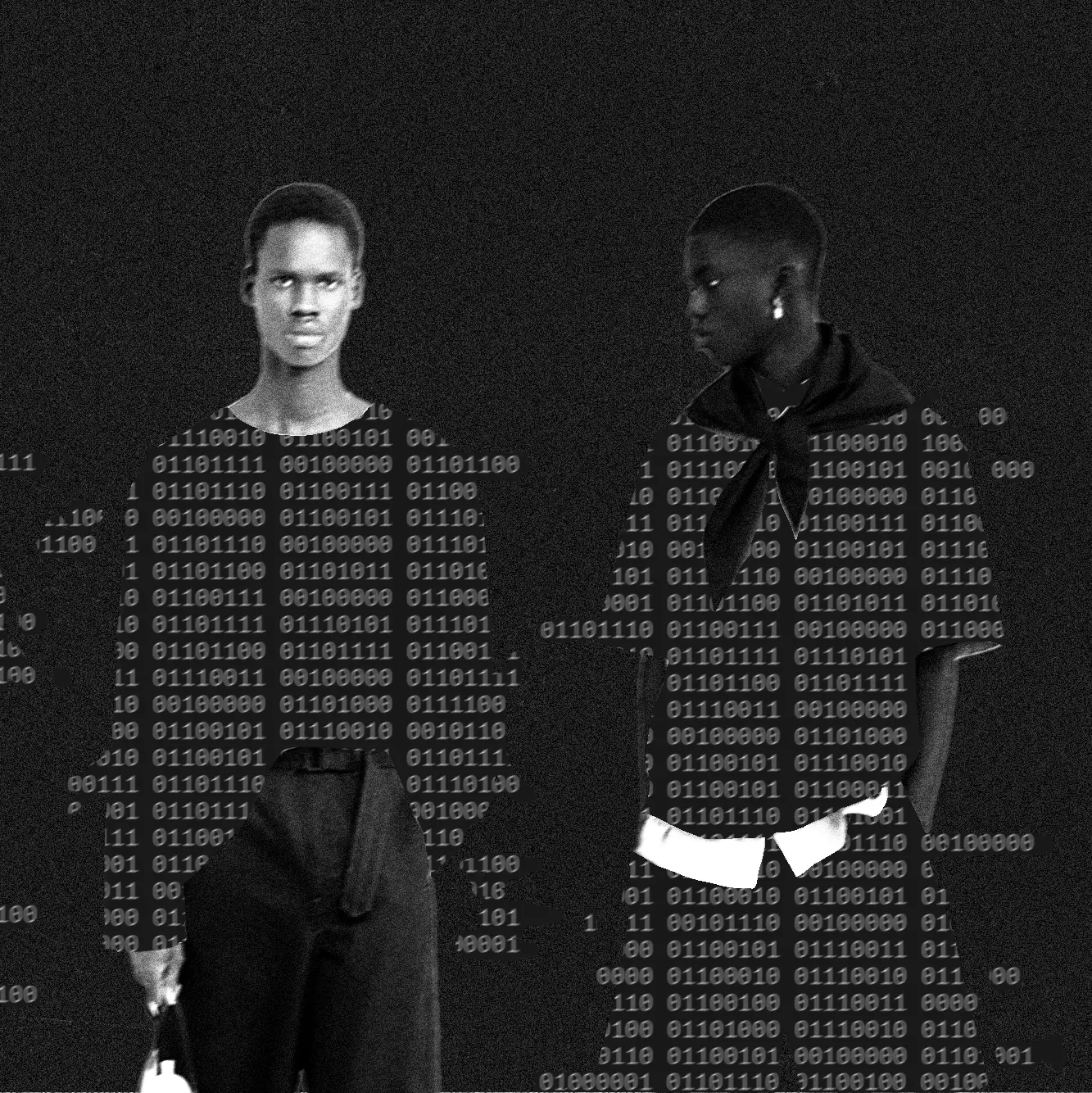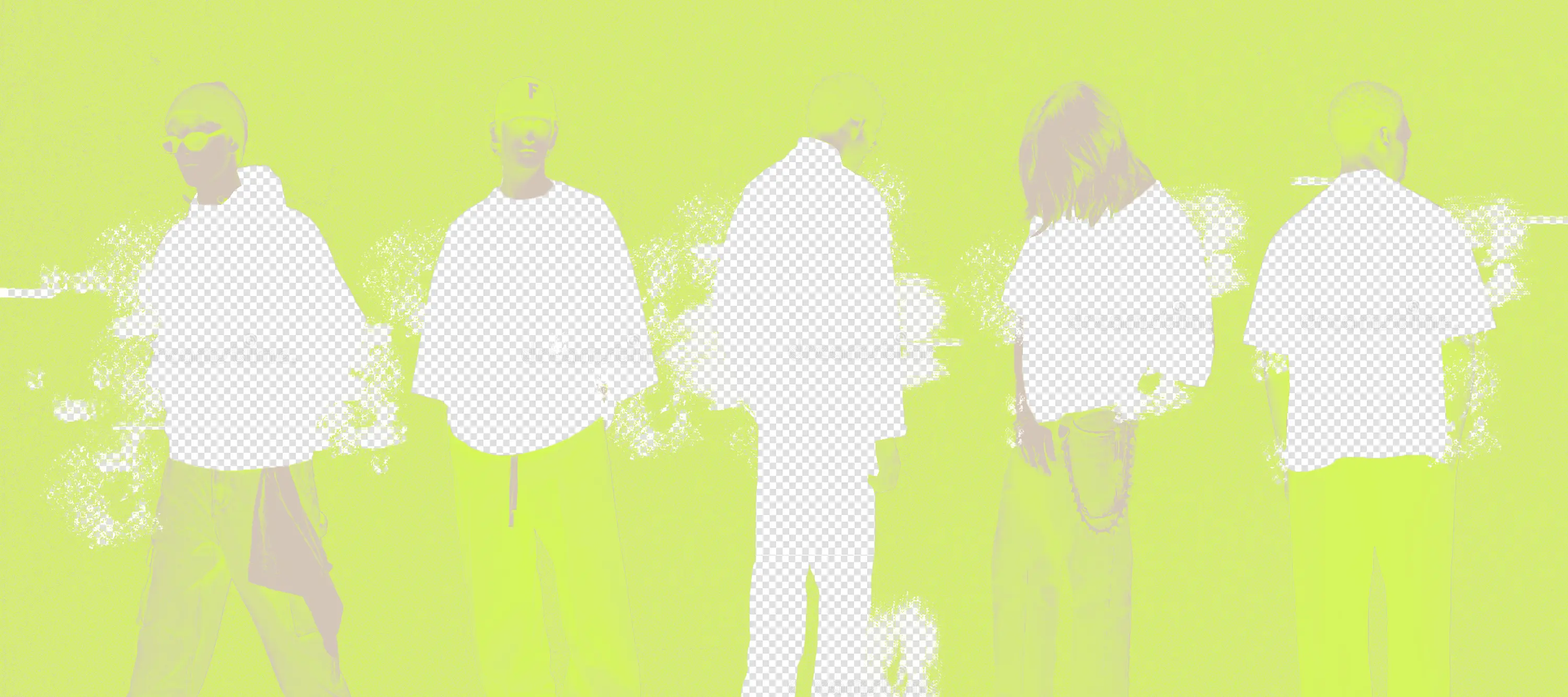


In 2025, algorithm-led brands are prioritising optimisation over creativity. Is fashion losing its cultural edge—or just evolving for Gen Z?
There has always been a fierce debate about whether fashion qualifies as art. Despite pushback from academics and the art world, this idea has often been supported by fashion critics as a wave of designers pushed the boundaries of what a garment can be. Think Comme des Garçons by Rei Kawakubo, Martin Margiela, and other visionaries who turned runway shows into cultural statements.
Perfect. Now, let’s move on.

Fashion in 2025: From Radical Creativity to Calculated Restraint
By 2025, it seems we no longer seek (or need) that level of research, except for outright provocation. Today’s fashion consumers are gravitating towards something entirely different: brands that are “just enough”. They want clothing that is just elevated enough to feel premium, just minimal enough to stay versatile, and just current enough to seem cool.
Why “Just Enough” Brands Are Winning Between Quiet Luxury and Streetwear
And we’re no longer even talking about logos or the overwhelming recognition of labels. Today, certain brands thrive in a grey zone between quiet luxury and polite streetwear. It’s a safe space built on a foundation of calibrated consistency, low-stakes silhouettes, and an aesthetic predictability designed for high engagement and low risk.
These brands offer a medley of generic products loosely held together by storytelling and carefully crafted visuals that add significance to the garments, justifying their existence. Think logo-less caps styled with tailored cargos, mesh jerseys in muted tones passed off as “elevated basics,” or €280 hoodies photographed with a cinematic blur in a 4:3 aspect ratio, and captions about craftsmanship. It’s not merely about the individual piece; it’s more about the vibe: safe, suggestive, and meticulously optimised for the Explore page.
Narrative cohesion takes a backseat to aesthetic coherence, which is largely influenced by current trends in the design-forward corners of Instagram. The real superpower of these brands? Performing well in the algorithm. And frankly, that’s enough to satisfy the market.

What we’re witnessing is a fashion economy driven less by innovation and more by optimisation. The results are undeniably stylish, but stripped of tension, friction, or cultural ambition. Is this the pinnacle of aesthetic mediocrity? Only time will tell. It is certainly smooth, scalable, and difficult to challenge because it was never intended to be bold in the first place.
How Algorithm-Driven Fashion Shapes Trends and Social Media Performance
It all begins on social media, where trends are created, flattened, and recycled at record speed. Brands follow closely, tailoring their feeds to align with what the algorithm has validated: lo-fi lookbooks with 30mm filters, subtle references to football culture, soft-focus nostalgia, and vintage elements borrowed from trending sounds. Everything looks effortlessly modern because it’s been engineered to be so. Users readily engage with the narratives presented, making the brand appear to be the perfect destination for what’s currently cool.
Once the vibe hits, the pipeline kicks in: shop links in bio, story highlights, and Instagram checkout. It’s an optimised customer journey designed to convert potential buyers while continuously improving. Every click, bounce, or abandoned cart serves as a data point to tweak the system and reduce friction. The focus is on increasing conversion and minimising customer churn.
How Optimisation Is Replacing Innovation in Fashion Economics
Zara pioneered this approach years ago, using real-time data to inform product development and inventory decisions, earning the label of “fast fashion” for it.
However, many of today’s cooler and quieter brands, even if they don’t operate at Zara’s scale and speed, are running the same playbook. While their clothing may look softer, the branding is more tasteful, their collections certainly smaller in volume—with a focus on higher quality and less environmental impact—yet the underlying mechanics still prioritise efficiency. The result? Predictable design, reliable sales, and zero creative risk.
Luxury at a Crossroads: Safe Strategy or Creative Risk in 2025?
At the unusual crossroads between the comfort zone of every marketing student and the nightmare of every aspiring fashion designer, a current trend in fashion appears to be unfolding: one where data-driven, predictable coolness quietly replaces bold creativity and cultural relevance.
So, are we all caught in an optimisation machine that is gradually robbing fashion of its artistic flair? Or have we overestimated the level of meaning that the average customer truly seeks, expecting fashion to carry the cultural weight that’s intended for other mediums?
What’s Next for the Fashion Industry in 2025? Mapping Key Scenarios
As we progress through 2025, the fashion industry is facing a crisis in the luxury market as well as growing geopolitical instability, both of which threaten its foundations. A critical question arises: can creativity truly coexist with the data-driven optimisation that now guides many brand strategies through these challenging times?
Although algorithmic efficiency appears to dominate decision-making, there is a strong and ongoing demand from industry insiders—particularly those in the press and retail buying—for fashion to maintain cultural relevance and to embrace bold innovation. They reject the notion of a future where fashion loses its important cultural role.
The real challenge lies in balancing two opposing forces: on one hand, the predictable, Instagram-friendly styles that quickly satisfy consumer preferences and aim to boost immediate sales; on the other hand, a deeper understanding of consumers’ long-term expectations and a proactive anticipation of their deeper needs, which go beyond mere clothing.
At the same time, the fashion industry must consider whether genuinely disruptive and visionary creativity can still thrive—creativity that maintains fashion’s role as a space for artistic expression and risk-taking. Many argue that preserving this aspect is essential not only for the future of fashion but also for its broader cultural impact on society. Yet, the real question remains—is it truly still achievable?
Edoardo Passacantando
Editor, Milano



